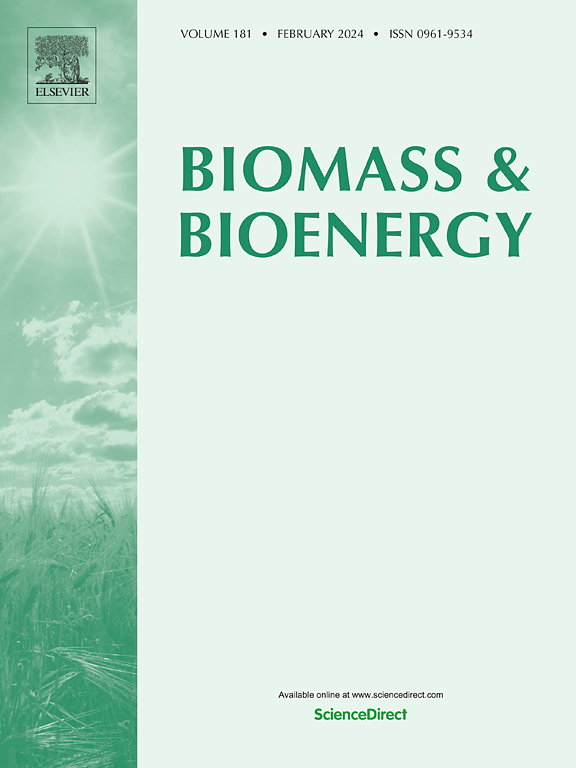Carbonization and activation of leather buffing dust to a biocarbon and its conductivity
IF 5.8
2区 生物学
Q1 AGRICULTURAL ENGINEERING
引用次数: 0
Abstract
Buffing dust, one of the collagenous wastes produced in the footwear industry, was carbonized at 400–1200 °C in an inert atmosphere to microfibrous nitrogen-containing biocarbons enriched with chromium. The evolution of molecular microstructure with increasing carbonization temperature or exposure time was followed with FTIR and Raman spectra. The resistivity of the powdered products was determined by van der Pauw four-point method and recorded as a function of applied pressure in the 0.1–10 MPa range. The highest conductivity 13.9 S cm−1 at 10 MPa was found after the carbonization at 1200 °C. The mechanical properties, such as the change of sample volume with applied pressure, are also discussed. The specific surface area was low, ca 5–7 m2g−1, independent of the carbonization temperature. This parameter was enhanced by the chemical activation with ammonium peroxydisulfate or potassium hydroxide by two orders of magnitude, while the conductivity decreased at the same time by less than one order of magnitude.
求助全文
约1分钟内获得全文
求助全文
来源期刊

Biomass & Bioenergy
工程技术-能源与燃料
CiteScore
11.50
自引率
3.30%
发文量
258
审稿时长
60 days
期刊介绍:
Biomass & Bioenergy is an international journal publishing original research papers and short communications, review articles and case studies on biological resources, chemical and biological processes, and biomass products for new renewable sources of energy and materials.
The scope of the journal extends to the environmental, management and economic aspects of biomass and bioenergy.
Key areas covered by the journal:
• Biomass: sources, energy crop production processes, genetic improvements, composition. Please note that research on these biomass subjects must be linked directly to bioenergy generation.
• Biological Residues: residues/rests from agricultural production, forestry and plantations (palm, sugar etc), processing industries, and municipal sources (MSW). Papers on the use of biomass residues through innovative processes/technological novelty and/or consideration of feedstock/system sustainability (or unsustainability) are welcomed. However waste treatment processes and pollution control or mitigation which are only tangentially related to bioenergy are not in the scope of the journal, as they are more suited to publications in the environmental arena. Papers that describe conventional waste streams (ie well described in existing literature) that do not empirically address ''new'' added value from the process are not suitable for submission to the journal.
• Bioenergy Processes: fermentations, thermochemical conversions, liquid and gaseous fuels, and petrochemical substitutes
• Bioenergy Utilization: direct combustion, gasification, electricity production, chemical processes, and by-product remediation
• Biomass and the Environment: carbon cycle, the net energy efficiency of bioenergy systems, assessment of sustainability, and biodiversity issues.
 求助内容:
求助内容: 应助结果提醒方式:
应助结果提醒方式:


